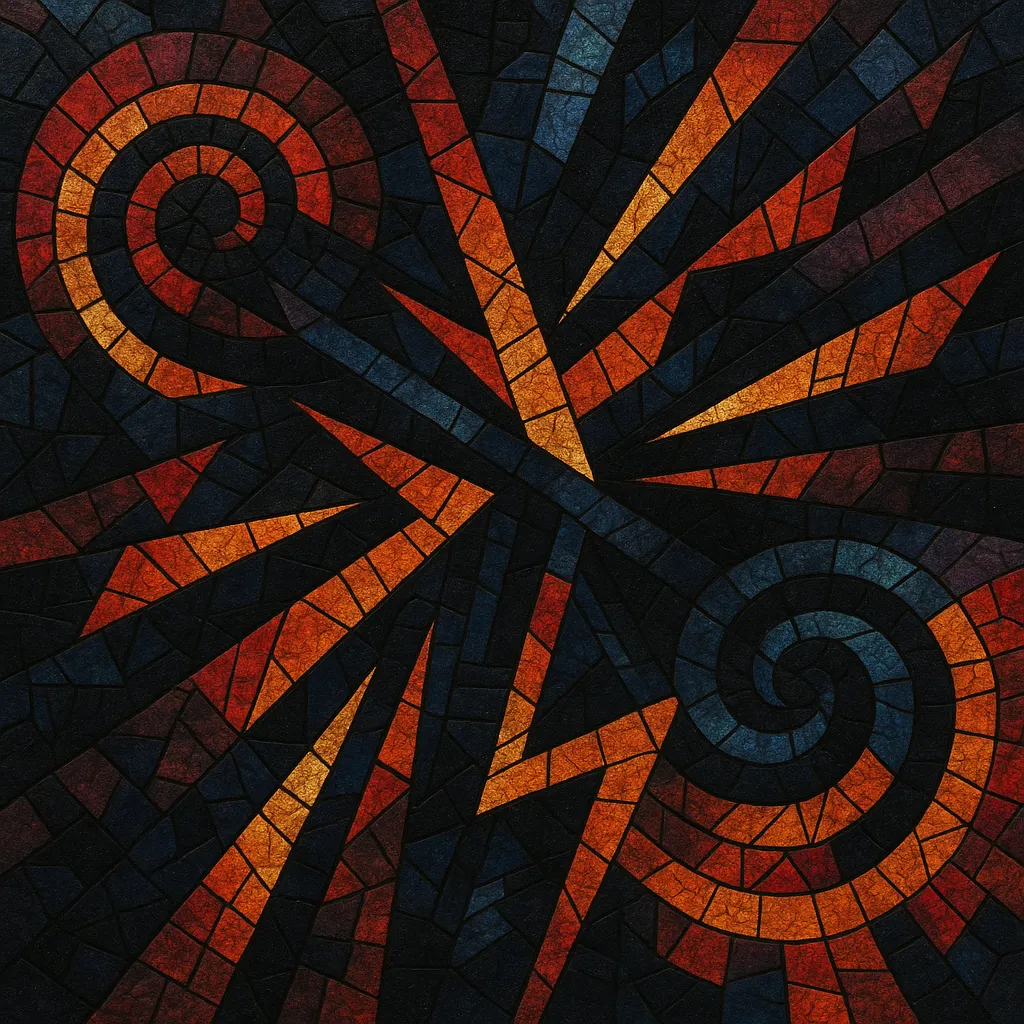NRG (often stylized as N-R-G) is a hard-dance style that sits between UK hard house and hard trance, characterized by relentless 4/4 kick drums, rolling basslines, acid-tinged riffs, and dramatic trance-style leads.
Typically in the 140–155 BPM range, NRG emphasizes drive and momentum over vocals, using short vocal stabs or samples rather than full verses. Its sound palette blends 909-style percussion, 303 acid lines, and supersaw or Virus-style lead synths to create a dark, high-energy club atmosphere.
NRG is distinct from Hi-NRG (the 1980s disco-derived style). While the names are similar, NRG refers to a UK-hard dance lineage rooted in techno, hard house, and hard trance aesthetics.
NRG emerged in the UK’s hard-dance circuit as DJs and producers fused the punch and structure of UK hard house with the trancey, hypnotic elements of hard trance and the bite of acid techno. Clubs like Trade (Turnmills, London) and labels such as Tidy Trax, Nukleuz, Tinrib Recordings, and Tripoli Trax became formative hubs, cultivating a darker, more driving sound than mainstream trance while remaining more riff- and groove-led than gabber.
By the late 1990s, NRG had crystallized: tight 4/4 kicks, rolling bass patterns, acid licks, and big, detuned trance leads in minor keys. Producers and live acts pushed a stadium-sized energy in club settings and festivals, with compilations and white-label culture spreading the sound. The scene overlapped with UK hard house and hard trance, sharing artists, labels, and dancefloors.
Through the 2000s, NRG informed harder strains of the UK hard-dance continuum and cross-pollinated with tech-trance and the early European hardstyle movement. A dedicated global following (notably in the UK, parts of Europe, Japan, and Australia) kept the genre alive via specialist events, reissues, and digital releases. Today, NRG’s DNA—acid sequences, supersaw riffs, driving 909 percussion—persists in hard-nrg offshoots and in harder edges of modern hard dance.
NRG is separate from Hi-NRG (an 80s disco/synth-pop style). The similarity in names has caused occasional tagging confusion, but the musical roots and eras are different.


